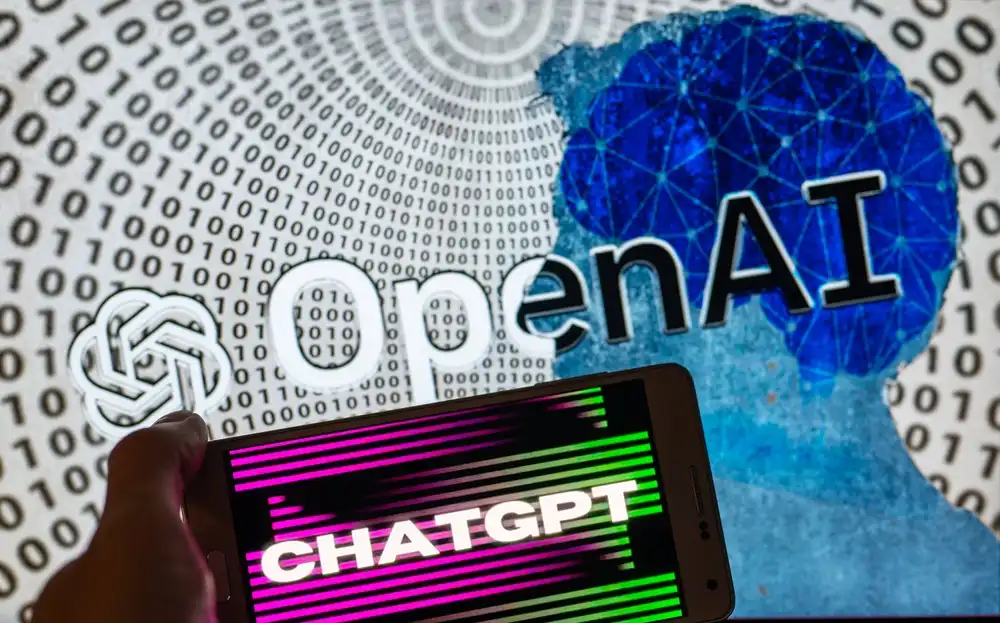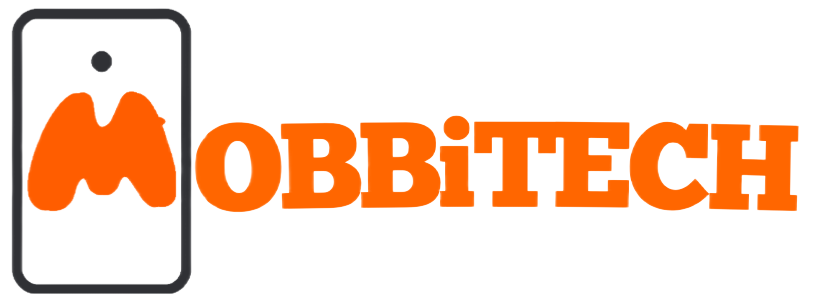Table of Contents
The use of AI technology in the constantly changing field of academic integrity has changed many things, from improving the learning environment to automating repetitive tasks. Among these innovations, ChatGPT’s use of chatbots poses significant queries about how well they work with plagiarism detection programs like Turnitin.
This blog explores Turnitin’s evolving features and answers the question of whether can Turnitin detect chat GPT, including how it manages the larger ecosystem of artificial intelligence-powered educational resources and how effectively it can identify material created by ChatGPT.
Turnitin’s AI-Powered Plagiarism Detection Has Improved
In response to the growing volume of AI-generated content, Turnitin has experienced a dramatic metamorphosis, gaining the ability to integrate the GPT family of large language models.
The potent GPT-4 model that powers ChatGPT Plus has been modified with Microsoft Bing Chat’s Creative mode to solve the question of whether can Turnitin detect chat GPT. Turnitin’s ability to integrate these state-of-the-art models into its detection system without interfering with the user experience indicates its proactive approach.
Is Turnitin able to track ChatGPT text?
The real question is can Turnitin detect chat gpt? Turnitin has improved its capacity to identify material that came from ChatGPT. Turnitin automatically checks materials uploaded by instructors for instances of plagiarism and computer-generated content. This discovery is concealed from students, meaning instructors bear full responsibility for its interpretation.
Introducing the Minds Underlying Turnitin’s Plagiarism Detection System
Conditions for Detection
Turnitin uses a sophisticated machine learning model that underwent extensive training on labeled datasets, including a broad range of material created by humans and artificial intelligence. To ensure its efficacy, the detection process has a minimum word count constraint of 300 words. Although this criterion improves the system, it also introduces limitations since shorter phrases could elude Turnitin’s AI detection.
Text Generation Using Probabilities
The core of Turnitin’s AI detection is its ability to identify patterns in huge language models like ChatGPT’s probabilistic text generation process.
These probabilistically driven programs carefully choose words to build sentences systematically. The artificial intelligence detection engine on Turnitin skillfully navigates this challenging landscape, correctly identifying content that is either computer-generated or human-created.
Limitations and Challenges

Defects in short writing
While Turnitin has made significant progress, it still needs to recognize ChatGPT-generated material in short writing pieces accurately. While increasing detection accuracy, the minimum word limit constraint creates a blind spot where AI-generated content may smuggle itself into shorter submissions.
Chatbots Face Off Against Each Other
If you have a question can Turnitin detect chat GPT? Here is the answer. Turnitin’s GPT family identification capabilities have been expertly extended. Still, there is a lot of diversity in the broader field of AI chatbots. Other language models, such as PaLM 2, are used by models that compete with Google Bard. The question that emerges is whether Turnitin’s detection capabilities are stuck on GPT-based models or can readily adapt to these changes in design.
Techniques for Using AI in the Classroom Ethically
Using ChatGPT Responsibly
Rather than attempting to evade detection, students may responsibly utilize ChatGPT to improve their academic performance. Here are a few instances of strategies:
- Requesting and taking into account grammatical fixes.
- Use ChatGPT to summarize lengthy texts, such as research papers.
- Seeking assistance with your assignment in math or programming.
- Examining work before handing it in and adopting a teacher’s perspective.
Beyond ChatGPT: Current Turnitin Focuses On
Turnitin is committed to finding GPT-based solutions, but a more comprehensive strategy is needed to stay up with the speed at which technology is developing. Turnitin’s current assurance emphasizes GPT-based frameworks despite the widespread usage of chatbots and other AI models in the academic world. How quickly can Turnitin’s AI detection capabilities be extended to include different AI models outside GPT?
Prospective Turnitin Modifications: An Examination of Their Mechanisms
Turnitin plans to adapt and grow in response to developments in artificial intelligence. The present focus on GPT-based models provides a foundation, but continued attention and modification are necessary due to the dynamic nature of technology. Suppose Turnitin wants to use a broad range of models and architectures to recognize AI-generated material. In that case, it has to be flexible enough to adapt to the always-evolving AI environment.
Conclusion
In the dynamic interplay between artificial intelligence (AI) and academic integrity, Turnitin serves as a sentinel, actively adapting to the new issues presented by AI-generated content. When used responsibly, integrating technology like ChatGPT may enhance student learning without endangering their safety as they cross this crossroads. Although Turnitin’s attempts to find GPT-based models show its commitment, there will probably be more challenges in the future for the plagiarism detection industry. Hopefully, you have received the answer to Can Turnitin detect chat GPT?
Also Read: Fix ChatGPT “Internal Server Error” And Other Common Errors

